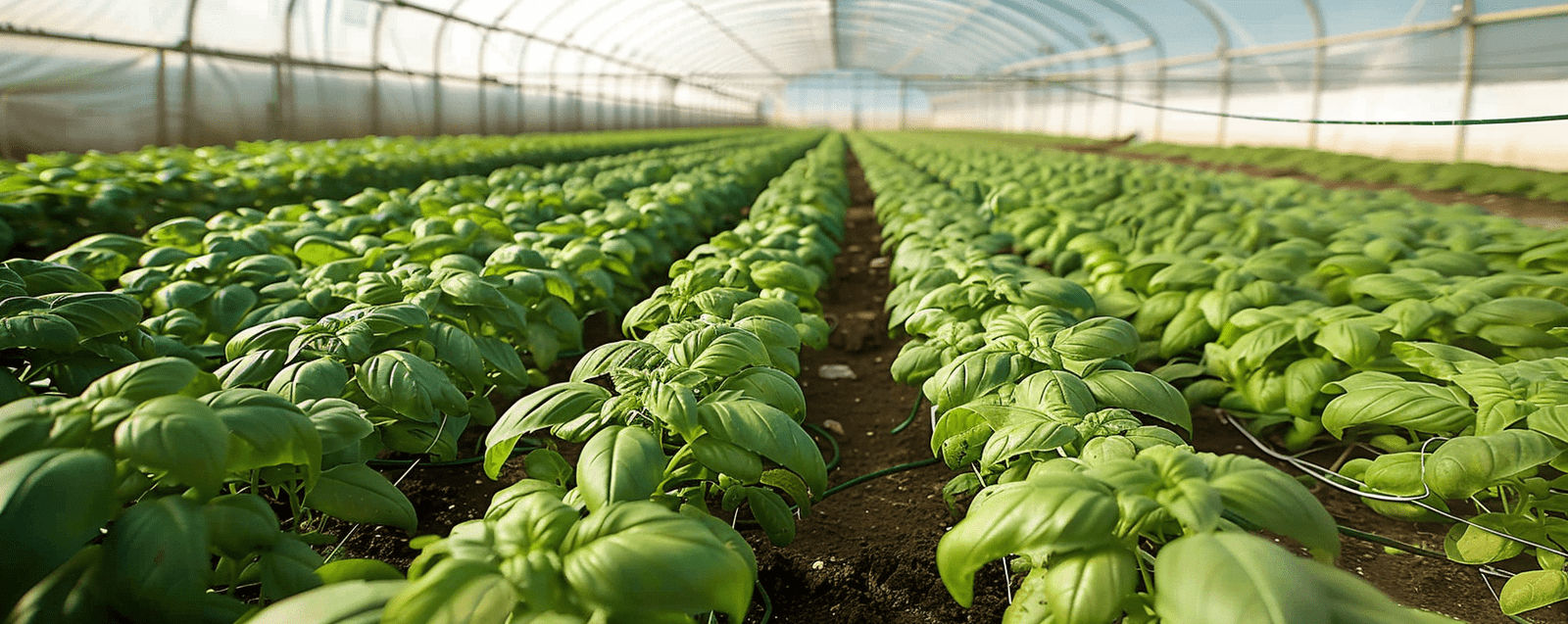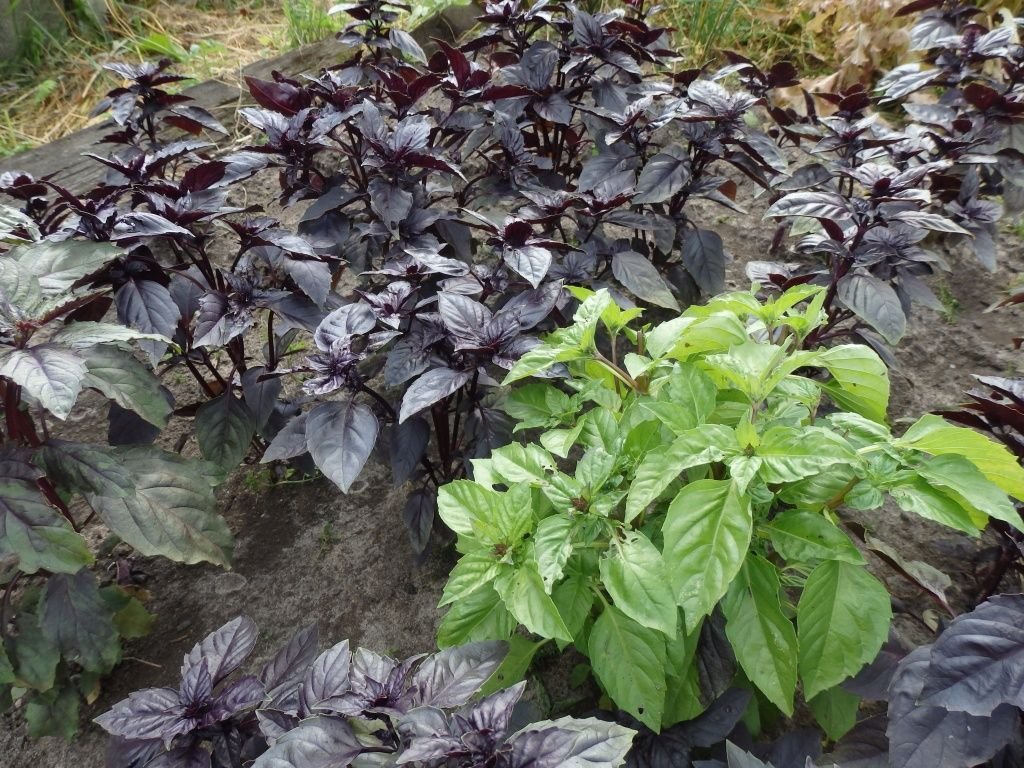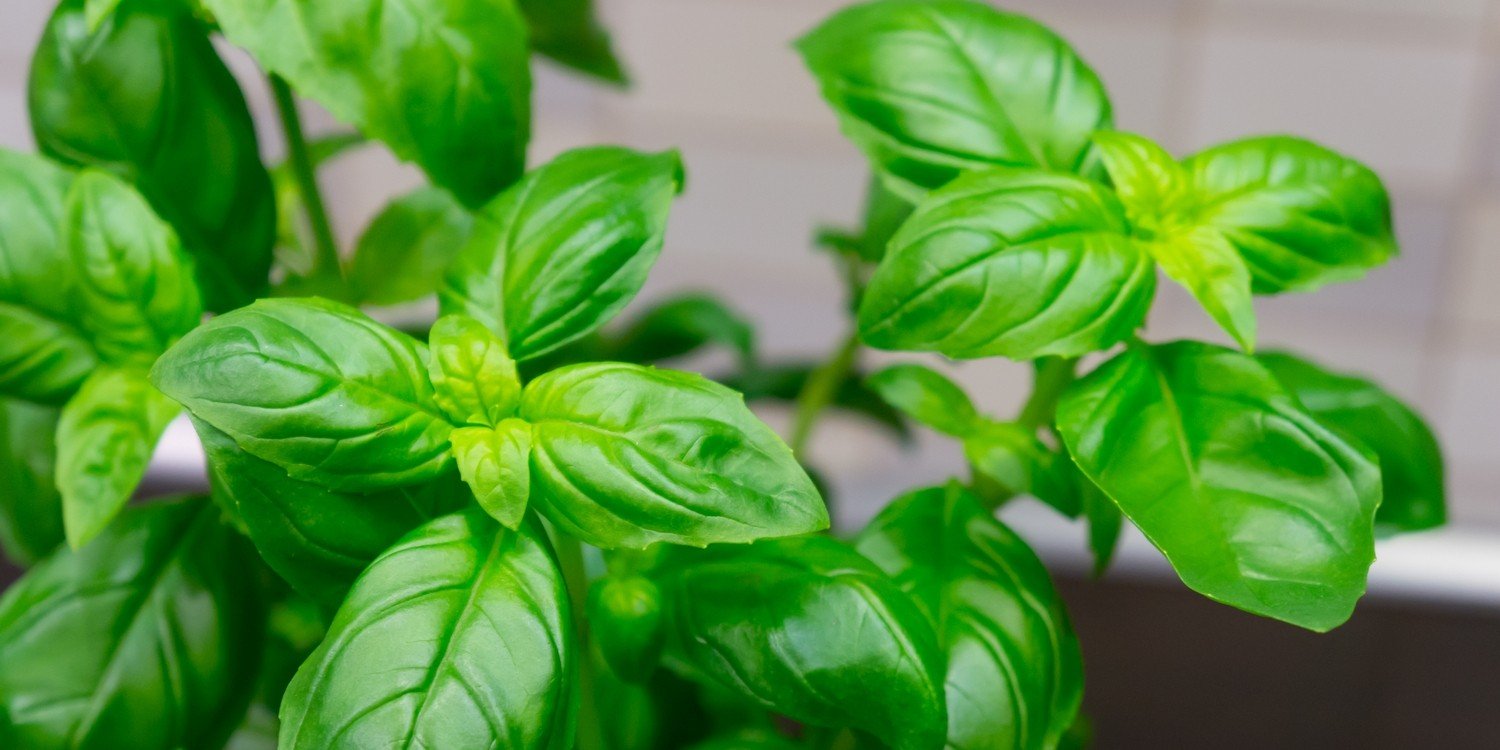How to Grow Basil in a Greenhouse: Planting Timing and Care Rules

Basil is one of the most popular spice crops, grown both for personal consumption and for sale. It is characterized by rapid growth, high yield and excellent taste. With proper agricultural technology and a well-chosen greenhouse, basil can be successfully cultivated from early spring to late autumn, and in heated structures - all year round.
In this article, experts from the Nova Teplitsa company will examine in detail all aspects of greenhouse cultivation of basil: when to plant, what conditions to maintain, how to care for it, and what to consider when choosing the type of greenhouse.
Benefits of Growing Basil in a Greenhouse
- Obtaining an early harvest 25-35 days after planting.
- Minimal risk of disease and pests compared to open ground.
- Possibility of stable collection of greens for sale.
- Control of climate, humidity and lighting in a confined space.
Which greenhouse to choose for basil
Basil is a heat-loving and light-dependent crop. With the slightest cold, growth slows down, the leaves lose their aroma, and with drafts and over-moistening, the risk of fungal diseases increases. That is why the choice of greenhouse design and its covering is one of the key factors for a stable harvest.
Basic requirements for a greenhouse for basil:
- high light transmittance (not less than 80%);
- good thermal insulation (retains heat at night);
- possibility of ventilation without drafts;
- protection against overheating (in summer);
- sufficient height for vertical growth and comfortable work.
Comparison of types of greenhouses for basil

| Type of greenhouse | Advantages | Flaws | Recommendations for use |
| Arched greenhouse made of cellular polycarbonate | – Excellent thermal insulation due to shape and material
– Uniform distribution of light – Good wind resistance – Easy installation – High strength with minimal loads |
– Less useful area near the walls
– Possibility of overheating in summer without shading and ventilation |
Recommended as an optimal choice for year-round or seasonal cultivation, especially with a ventilation and drip irrigation system. |
| Straight walled polycarbonate greenhouse | – The usable area is used as efficiently as possible
– Suitable for shelving and vertical gardening – Suitable for capillary irrigation and micro-zone heating |
– Less aerodynamic stability
– Requires a stronger foundation and frame |
A good choice for seedling and multi-tiered greenhouses, container growing of basil |
| Film arched greenhouse (LDPE or reinforced film) | – Warms up quickly in spring
- Low cost price – Lightweight construction – Easy to install and dismantle |
– Low service life of the coating (1–3 seasons)
- Poor thermal insulation – Requires regular replacement of film and increased ventilation |
An option for temporary or seasonal cultivation of basil (from mid-May to September) in the southern and central regions |
| Heated greenhouse (polycarbonate) | – Possibility of year-round cultivation
– Maintaining an optimal climate regardless of the season – Ideal for business purposes |
– High capital costs
– The need for heating, automation and thermoregulation |
The best choice for farmers and entrepreneurs planning a stable supply of basil to the market, restaurants or stores |
Technical parameters and selection tips
- Covering: It is recommended to use 6-8 mm thick cellular polycarbonate. It retains up to 85% of sunlight, disperses UV rays well and retains heat even at night when it gets colder than -5 °C.
- Frame: optimally - galvanized steel with a cross-section of 20x20 mm. Must withstand snow and wind loads, especially in northern and coastal regions.
- Height: for basil, a greenhouse with a height of 2 m is sufficient, especially if you plan to grow it in beds. For rack systems - from 2.2-2.5 m.
- Foundation: For durability and protection from freezing, a strip or block foundation 15–30 cm high is recommended.
- Ventilation: vents at the ends and roof are required (for an arched greenhouse - on both sides). For a large area, it is advisable to install automatic openers or forced exhaust.
- Additional options:
- drip irrigation - to save water and minimize over-watering;
- shading net - in southern regions in summer;
- Thermal curtains or double polycarbonate - for year-round use.
For growing basil in the conditions of Ukraine, the best results are provided by arched and straight-walled greenhouses made of cellular polycarbonate, installed on a solid foundation, with the possibility of ventilation and, if necessary, heating.
The company "Nova Teplitsya" recommends exactly such designs for farmers, private households and small businesses. We offer greenhouses with a guarantee, installation, drip irrigation and individual adaptation to your plot and consumers.
We are ready to help you set up a greenhouse so that you can produce harvested basil every day of the week - or bring in a whole river. Contact us for a consultation and we will find the best solution for you.
Planting time and temperature

Basil loves heat and is sensitive to temperature changes. Planting times depend on the type of greenhouse and region.
Sowing for seedlings:
- You can start from mid-March in a heated room.
- The seeds germinate at a temperature of +22…+28 °C, the first shoots appear after 5–7 days.
- After 2-3 true leaves appear, the seedlings are pricked out.
Planting in a greenhouse:
| Type of greenhouse | Landing date | Air temperature | Soil temperature |
| Heated | Since the beginning of April | +20…+26 °C | not below +18 °C |
| Polycarbonate unheated | Late April – early May | +18…+22 °C | from +16 °C |
| Film | From mid-May | in stable weather | from +18 °C |
Important: Do not plant basil in cold soil. This will result in stunted growth, weakened root systems, and increased risk of disease.
Soil preparation
The optimal soil for basil is loose, nutritious, with a neutral or slightly alkaline reaction (pH 6.5–7.5). High water permeability without stagnant moisture is important.
For 1 m² we recommend adding:
- humus - 4-5 kg;
- wood ash - 1 glass;
- superphosphate - 30-40 g;
- potassium sulfate - 20-30 g.
It is not recommended to use fresh manure - it promotes the growth of green mass to the detriment of aroma and can cause rotting.
Planting scheme
- Row spacing: 25–30 cm.
- Distance between plants in a row: 15–20 cm.
- Planting depth: up to the root collar, without deepening.
If planted too densely, basil will stretch out, its aroma will decrease, and the risk of rotting will increase.
Conditions for growth

Optimal parameters:
- Daytime air temperature: +22…+28 °C.
- Night temperature: not below +16 °C.
- Air humidity: 55–65 %.
- Lighting: not less than 12 hours per day. In cloudy weather, additional lighting with phytolamps is necessary.
- Soil moisture: moderate. The soil should not dry out, but it should not be constantly wet.
Regular ventilation is necessary in the greenhouse. Stagnant humid air provokes fungal diseases, especially during periods of sudden cold weather.
Watering and fertilizing
Watering:
- It is held 2-3 times a week, depending on weather conditions.
- Only warm water is used (not lower than +22 °C).
- It is advisable to water in the morning or afternoon hours, avoiding water getting on the leaves.
Top dressing:
- The first is carried out 10 days after planting - with complex mineral fertilizer (for example, NPK 10-10-10).
- Then every 2-3 weeks.
- A week before cutting the greens, preference should be given to potassium-phosphorus fertilizers (without nitrogen) to enhance the aroma.
Harvesting
Basil can be cut 25–35 days after planting.
- The tops are cut off at a height of 10–15 cm from the soil level.
- Repeated cutting is carried out every 10–14 days.
- One plant can produce 3-5 harvests per season, provided it is cared for regularly.
It is best to cut basil in the morning, when the leaves are at their juiciest and the concentration of essential oils is highest.
Protection from diseases and pests

The most common threats are:
| Disease/Pest | Reasons | Control measures |
| Powdery mildew | High humidity, poor ventilation | Treatment with biofungicides (Fitosporin), improving air circulation |
| Blackleg | Thickening of plantings, over-watering | Adjusting the watering regime, planting according to the scheme |
| Aphids, spider mites | Dry air, overcrowding of plants | Use of biological preparations: Fitoverm, Actofit |
The use of strong insecticides and fungicides on basil is not recommended - the crop actively accumulates chemical residues.
Growing Basil in a Greenhouse
Basil is a promising greenhouse crop, suitable for both personal consumption and sale. The main condition for success is a stable microclimate and a competent approach to agricultural technology.
Arched and straight-walled polycarbonate greenhouses are ideal for growing basil throughout the season, providing heat, light and protection from weather fluctuations. Nova Teplitsya specialists will help you choose a design for any task - from compact models to professional complexes with a drip irrigation system, ventilation and lighting.
If you are planning to grow basil for sale or want to get a guaranteed result, contact us for a consultation. We will help make your greenhouse efficient and profitable.





